在Android开发中,将JSON数据发送到服务器是一项非常常见的任务,本文将详细介绍如何在Android应用中实现这一功能,包括创建JSON对象、设置网络连接以及发送请求。
1. 准备工作
1 添加依赖库
确保你的项目已经配置了必要的依赖库,我们将使用OkHttp作为HTTP客户端来发送请求,并使用Gson库来处理JSON数据,在你的项目的build.gradle文件中添加以下依赖:
dependencies {
implementation 'com.squareup.okhttp3:okhttp:4.9.0'
implementation 'com.google.code.gson:gson:2.8.6'
} 2 配置网络权限
在AndroidManifest.xml文件中添加访问互联网的权限:
<uses-permission android:name="android.permission.INTERNET" />
2. 创建JSON对象
在发送请求之前,需要创建一个JSON对象,可以使用Gson库将Java对象转换为JSON字符串。
1 定义数据模型
假设我们需要发送一个包含用户信息的对象,可以定义如下的数据模型:
public class User {
private String name;
private int age;
private String email;
// Getters and Setters
public String getName() { return name; }
public void setName(String name) { this.name = name; }
public int getAge() { return age; }
public void setAge(int age) { this.age = age; }
public String getEmail() { return email; }
public void setEmail(String email) { this.email = email; }
} 2 创建JSON对象
使用Gson库将数据模型实例转换为JSON字符串:
import com.google.gson.Gson;
User user = new User();
user.setName("张三");
user.setAge(25);
user.setEmail("zhangsan@example.com");
Gson gson = new Gson();
String jsonString = gson.toJson(user); 3. 设置网络连接
使用OkHttp库来设置网络连接并发送请求。
1 创建OkHttpClient实例
import okhttp3.OkHttpClient; OkHttpClient client = new OkHttpClient();
3.2 创建RequestBody和Request对象
将JSON字符串转换为RequestBody对象,然后构建HTTP请求:
import okhttp3.MediaType;
import okhttp3.Request;
import okhttp3.RequestBody;
MediaType JSON = MediaType.get("application/json; charset=utf-8");
RequestBody body = RequestBody.create(jsonString, JSON);
Request request = new Request.Builder()
.url("https://yourserver.com/api")
.post(body)
.build(); 3 发送请求并处理响应
使用OkHttpClient发送请求,并处理服务器返回的响应:
import okhttp3.Call;
import okhttp3.Callback;
import okhttp3.Response;
client.newCall(request).enqueue(new Callback() {
@Override
public void onFailure(Call call, IOException e) {
e.printStackTrace();
}
@Override
public void onResponse(Call call, Response response) throws IOException {
if (response.isSuccessful()) {
String responseData = response.body().string();
System.out.println("Response: " + responseData);
} else {
System.err.println("Request failed: " + response.code());
}
}
}); 4. 完整示例代码
以下是完整的示例代码,展示了如何在Android应用中发送JSON数据到服务器:
import com.google.gson.Gson;
import okhttp3.MediaType;
import okhttp3.OkHttpClient;
import okhttp3.Request;
import okhttp3.RequestBody;
import okhttp3.Callback;
import okhttp3.Response;
import java.io.IOException;
public class MainActivity extends AppCompatActivity {
@Override
protected void onCreate(Bundle savedInstanceState) {
super.onCreate(savedInstanceState);
setContentView(R.layout.activity_main);
sendJsonToServer();
}
private void sendJsonToServer() {
// 定义数据模型
User user = new User();
user.setName("张三");
user.setAge(25);
user.setEmail("zhangsan@example.com");
// 使用Gson将数据模型转换为JSON字符串
Gson gson = new Gson();
String jsonString = gson.toJson(user);
// 创建OkHttpClient实例
OkHttpClient client = new OkHttpClient();
// 创建RequestBody和Request对象
MediaType JSON = MediaType.get("application/json; charset=utf-8");
RequestBody body = RequestBody.create(jsonString, JSON);
Request request = new Request.Builder()
.url("https://yourserver.com/api")
.post(body)
.build();
// 发送请求并处理响应
client.newCall(request).enqueue(new Callback() {
@Override
public void onFailure(Call call, IOException e) {
e.printStackTrace();
}
@Override
public void onResponse(Call call, Response response) throws IOException {
if (response.isSuccessful()) {
String responseData = response.body().string();
System.out.println("Response: " + responseData);
} else {
System.err.println("Request failed: " + response.code());
}
}
});
}
} 5. 单元表格:常见问题及解决方案
| 问题 | 解决方案 |
| 网络权限未添加 | 在AndroidManifest.xml中添加 |
| JSON转换失败 | 确保使用正确的数据模型类,并且所有字段都有对应的getter和setter方法 |
| 请求失败 | 检查URL是否正确,确保服务器正常运行,检查网络连接是否正常 |
| 响应处理错误 | 确保正确处理响应码,并在必要时进行重试机制 |
| 异步请求未正确执行 | 确保在主线程中调用enqueue方法,避免阻塞UI线程 |
通过以上步骤,你可以在Android应用中成功发送JSON数据到服务器,希望本文对你有所帮助!

 云主机测评网
云主机测评网



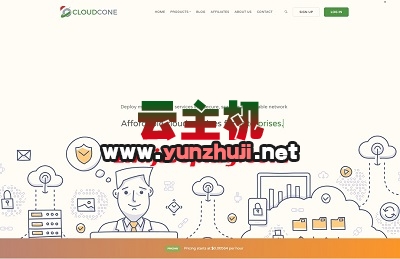
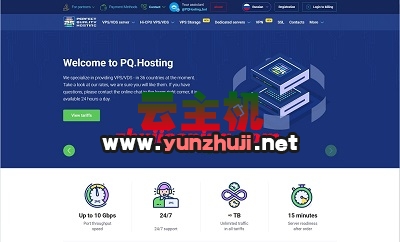
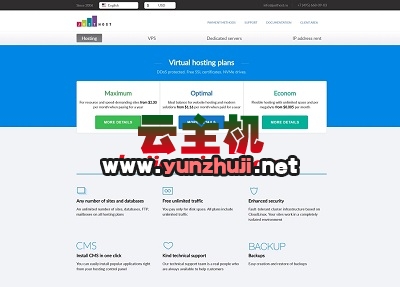
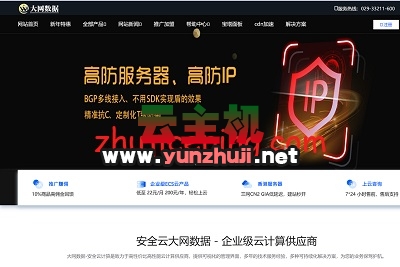





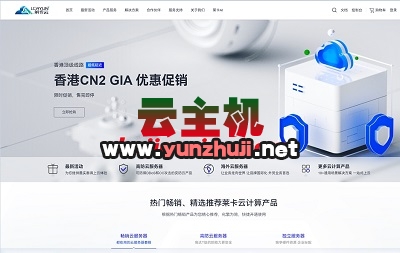
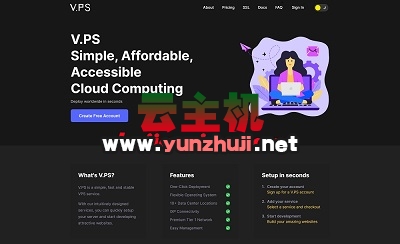
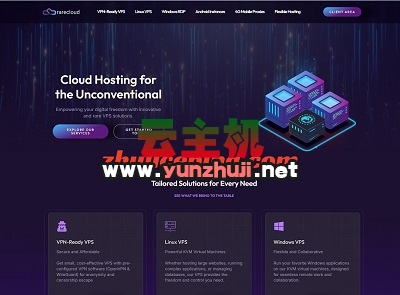
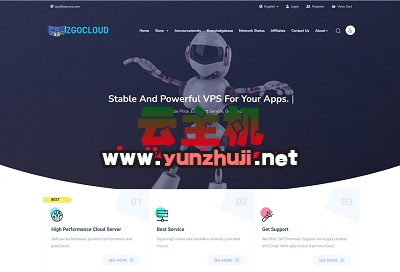
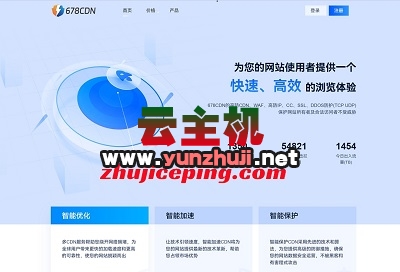

最新评论
本站CDN与莫名CDN同款、亚太CDN、速度还不错,值得推荐。
感谢推荐我们公司产品、有什么活动会第一时间公布!
我在用这类站群服务器、还可以. 用很多年了。